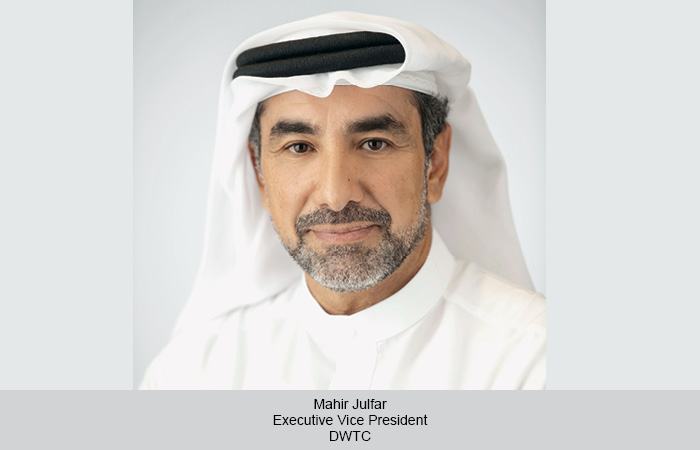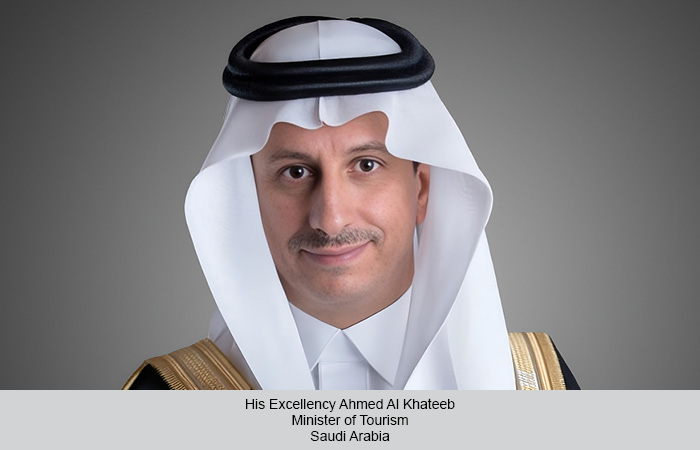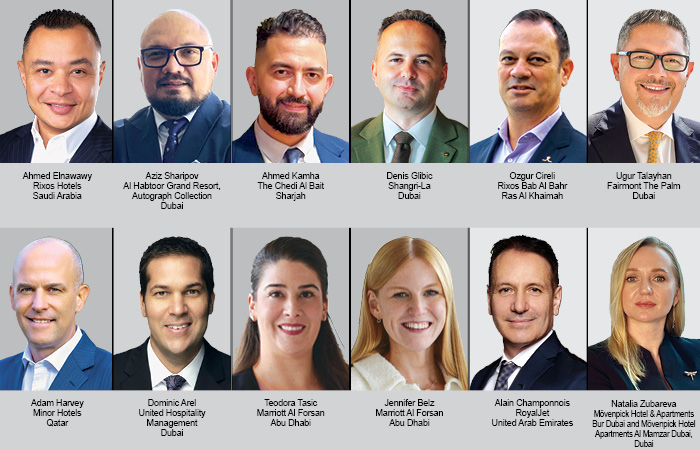Aviation industry leaders highlight key challenges and opportunities for aviation industry during the 5th Global Airport Leaders Forum at the Airport Show in Dubai WTC.
Organised by CAPA—Centre for Aviation and hosted by Reed Exhibitions, the 5th Global Airport Leaders Forum (GALF) was recently held at Dubai World Trade Centre under the patronage of His Highness Sheikh Ahmed bin Saeed Al Maktoum, President of Dubai Civil Aviation Authority, Chairman of Dubai Airports and Chairman and Chief Executive of Emirates Airline.
Prominent leaders and experts of the aviation industry attended the forum and discussed the various challenges and opportunities for the industry at present. The major concerns of the industry according to them are uncertain oil price, low airport capacity, glitches in the facilitation of the next-gen technology, financing of airport projects and need for innovation. They highlighted that the industry is facing short-term and long-term challenges but there are also opportunities on increasing travel demand in the wake of competitive oil prices.
In his keynote address, Paul Griffiths, Chief Executive Officer, Dubai Airports outlined oil pricing, global economy, political unrest and consumer confidence as short-term factors and technology, urbanisation, economic balance of power and resource scarcity as long-term factors. Talking about opportunities, he said that he appreciated the role of technology in enhancing customer experience at the airports these days. He commented that while the cost involved in improving infrastructure at airports is phenomenally high, the smart technology can play an important role to improve the capacity and service of airlines.
Dubai invested around $7.8 billion during the last two years to improve their infrastructure. “We are planning to increase the capacity of Dubai Airports to 118 million passengers by 2023 and we are expecting the number of passengers to increase at both the airports to 90 million by the end of 2017,” he said. During another keynote address, General Civil Aviation Authority (GCAA) Deputy Director General Omar Bin Ghaleb talked about UAE Aviation Outlook 2025. He hoped that by 2025, the country will successfully address many of the challenges to the industry by adopting sound corrective measures.
“The aviation industry is going through a lot of changes in the wake of some uncertainties but it is a very interesting place to be,” said Peter Harbison, Executive Chairman of CAPA—Centre for Aviation. During his presentation at the GALF, he said it’s a relatively benign environment, with low interest rates, low oil prices and economies performing adequately. He added that the main driver of profit growth since 2014 has been lower fuel costs, but in a competitive market place, lower fuel prices have a strong tendency to drive prices down, which in turn squeezes margins instead of pushing profits up.
Harbison said that the uncertain direction of oil price is one of the major concerns for the aviation industry. Nobody really knows where fuel prices will go. “Only three months ago, projections were for a range of $55-65 for 2017,” he added. He said any airline that is not making money now is at risk if fuel prices rise. Talking about low-cost capacity (LCC), he said the bulk of LCC orders are in Asia Pacific. India has more LCC orders than any other country and they will stimulate the growth domestically and in East Asia.
 TravTalk Middle East Online Magazine
TravTalk Middle East Online Magazine




